The skies surrounding commercial real estate markets are clearing, suggest the Emerging Trends in Real Estate 2025 (ETRE 2025) findings. As pandemic-related structural changes settle into place, cyclical economic trends, such as interest rates, demand, and construction levels, are now the key drivers to watch.
Affordable Housing Trends Report Spring 2024
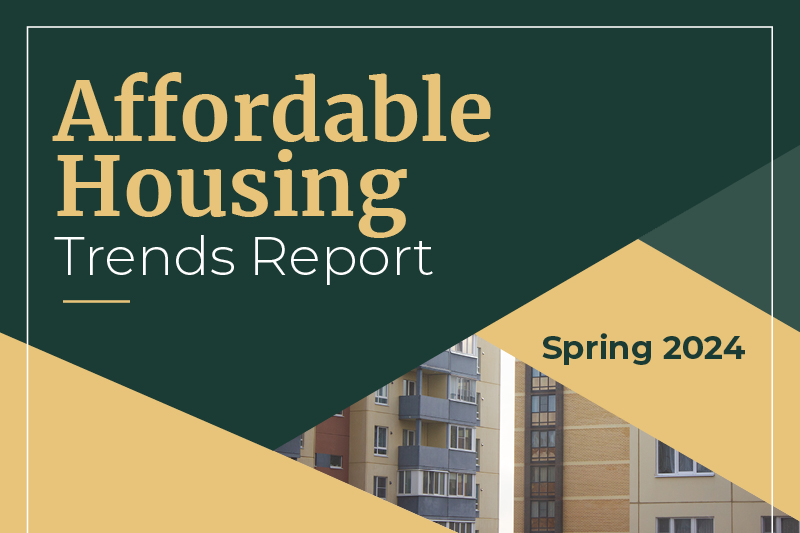
As housing costs spiral, rental affordability has become a more urgent issue, burdening a greater number of Americans. Arbor’s Affordable Housing Trends Report Spring 2024, developed in partnership with Chandan Economics, examines the major policies and programs shaping the marketplace at a time when overdue federal funding expansions have increased agency budgets.

Real Estate Pride Roundtable: LGBTQ+ Leaders Discuss Authenticity at Work, Sustainability, and Reimagined Spaces
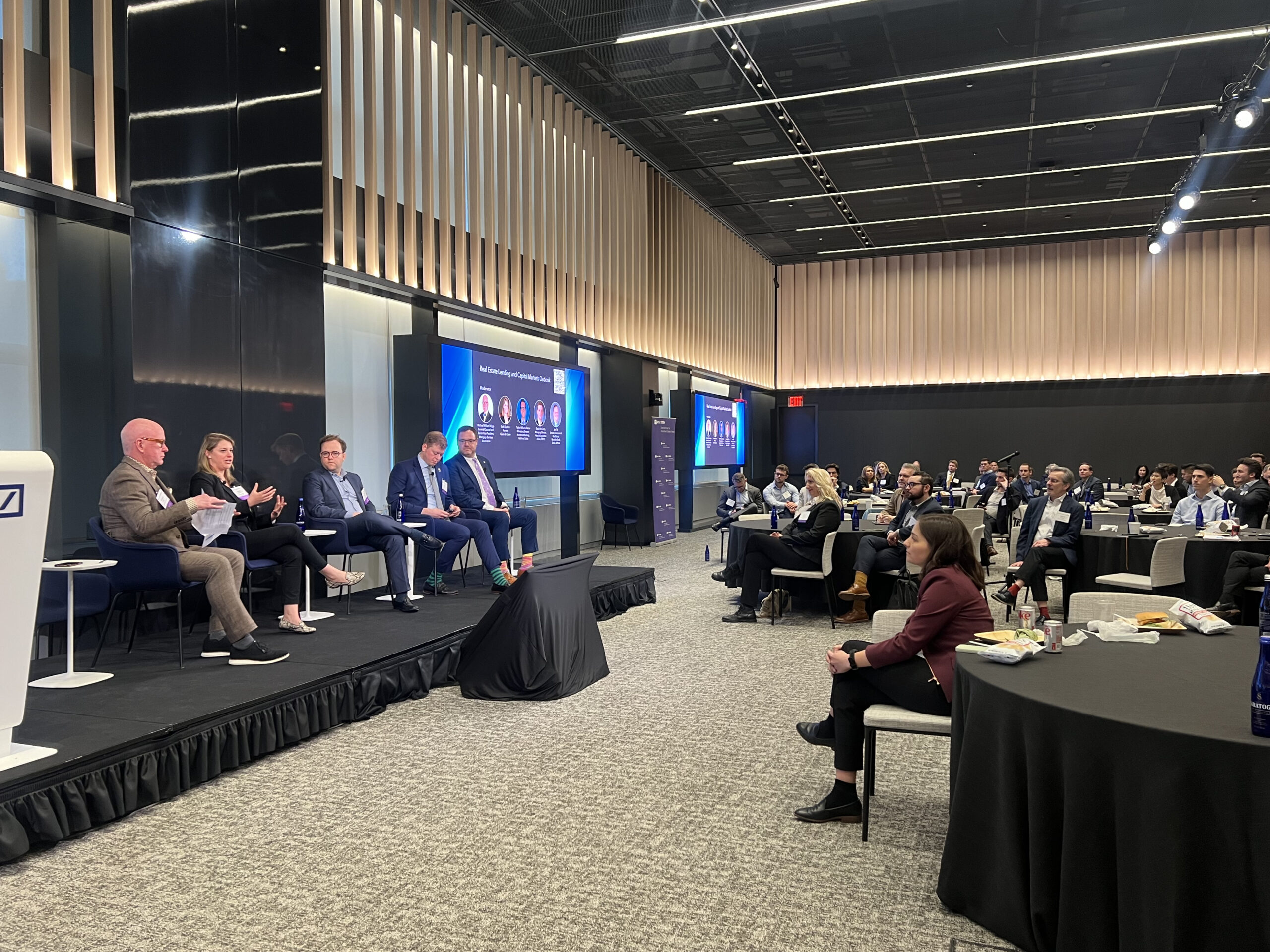
In front of professionals and executives from more than 120 companies at the Real Estate Pride Roundtable in New York City in April, dozens of speakers shared honest perspectives on how far the commercial real estate industry has come on LGBTQ+ inclusion and how much more it has to go.

What Is Driving Lifestyle Renter Demand?
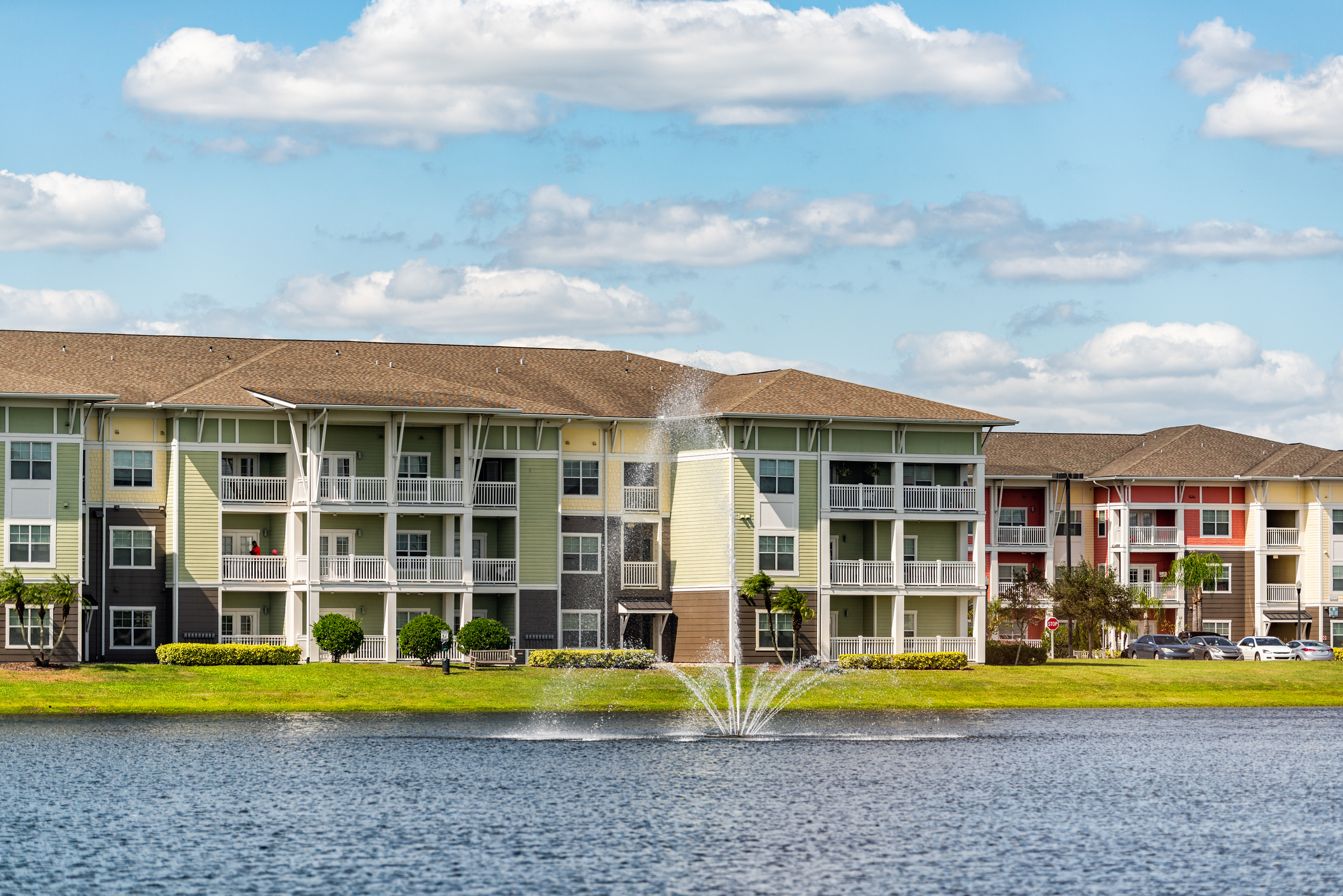
Lifestyle renters — those who have the means to own but prefer to rent or are willing to pay more for apartments with amenities — have become a key driver of rental demand in single-family rental homes, build-to-rent communities, and other types of high-quality multifamily housing. With this small yet influential demographic growing, our research teams examine and explain the factors driving lifestyle renter demand.

Build-to-Rent Well-Positioned to Fill Housing Market Gap
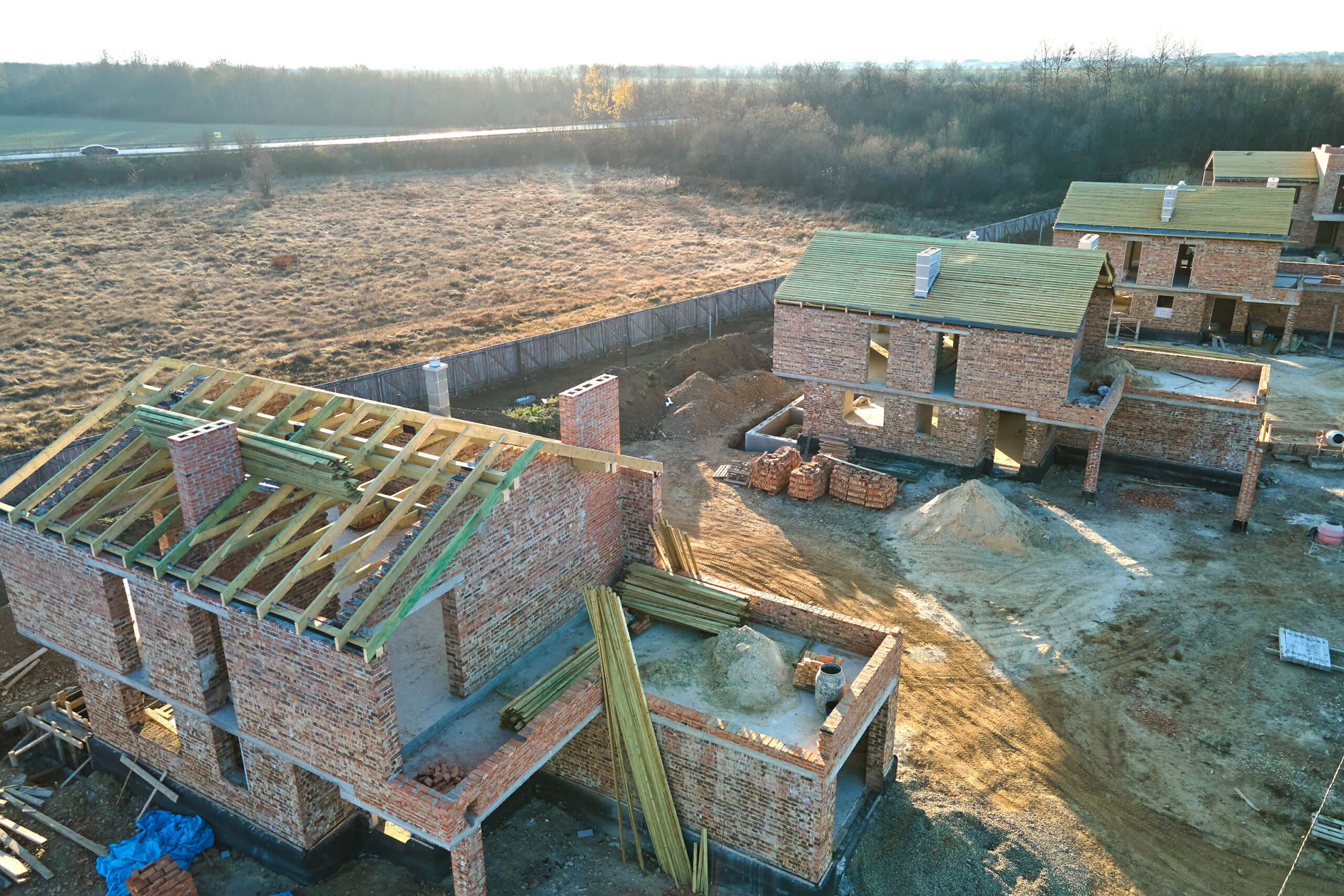
With nearly one-fifth of multifamily properties now over 65 years old, it’s time to consider solutions for rejuvenating the rental housing stock in the U.S. While building rehabs are a tried-and-true solution, build-to-rent (BTR) is an alternative that is well-positioned to expand as Americans increasingly favor renting over homeownership.

U.S. Added 514,000 New Rental Households in 2023
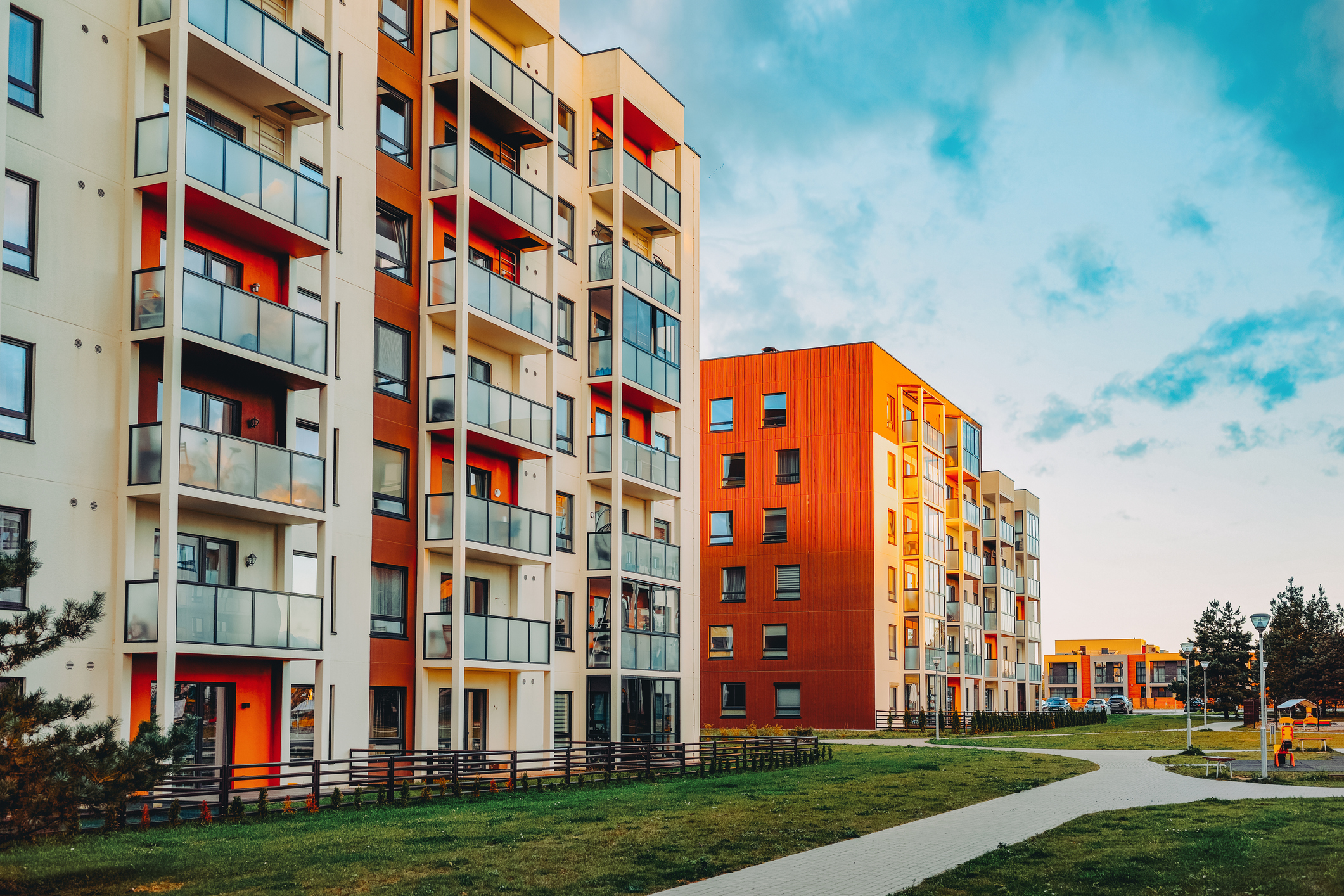
In a year when inflation and elevated interest rates weakened affordability, the rental housing sector strengthened and expanded. An analysis of newly released U.S. Census Bureau Housing Vacancies and Homeownership data shows the number of rental households climbed in 2023.

Build-to-Rent Construction Starts Surge to New High in 2023
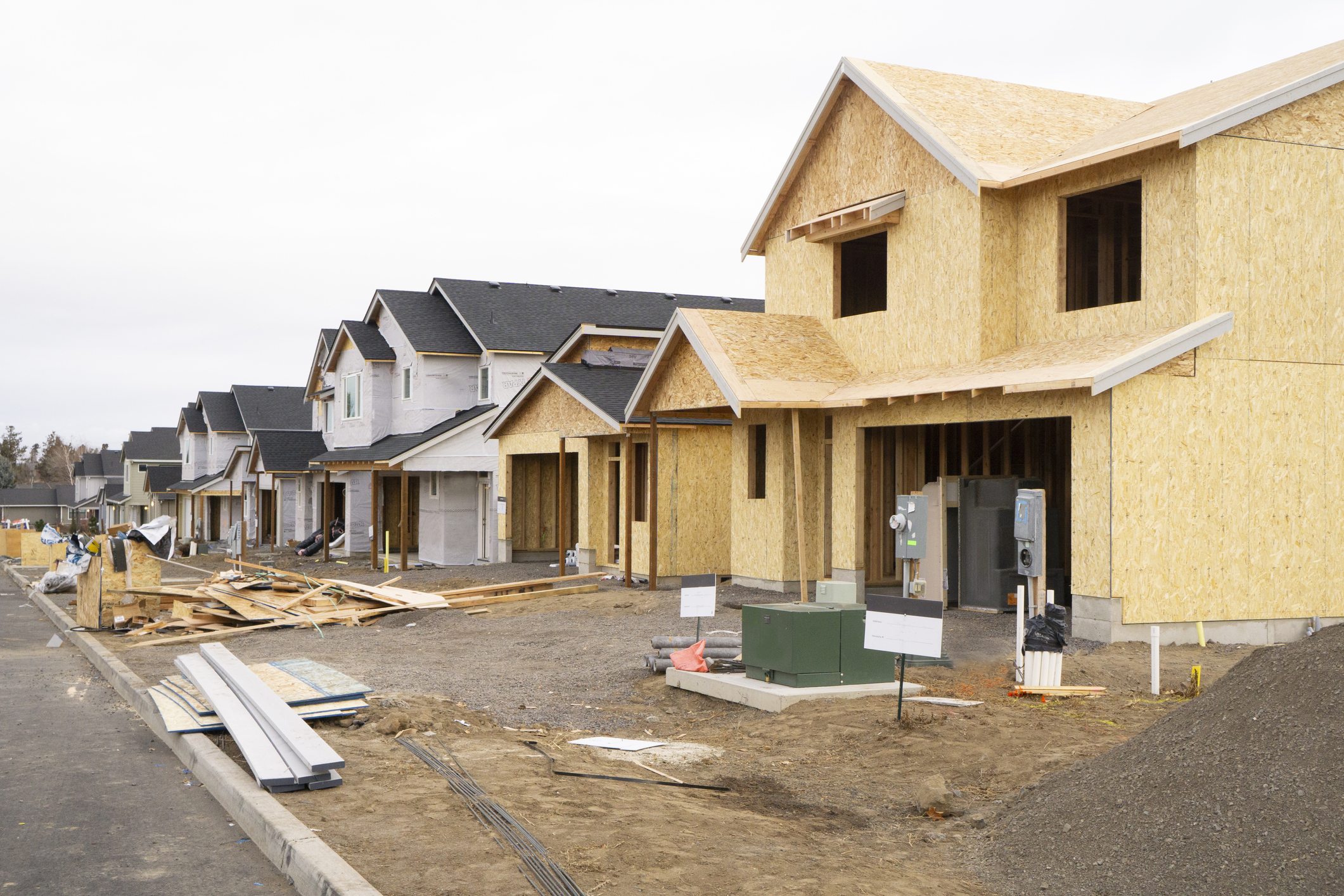
Over the last decade, single-family rental (SFR) operators have been increasingly focusing on build-to-rent (BTR) development as the needs and preferences of renters have shifted. As explored in the latest Arbor Single-Family Rental Investment Trends Report, SFR/BTR development has surged at a time when new, for-sale, single-family home starts have declined.


